Sebastian
Speier
Originally from Vancouver, Sebastian Speier is a creative director and product designer based in Brooklyn. From Airbnb and Instagram to Google and Nike, Sebastian has worked on some of the world’s most beloved brands. Raised with an early interest in architecture, his intuition for forms with exceptional function remains core to his design approach and practice. As life has changed drastically over the past few months, Sebastian has embraced the challenging circumstances and dialogues, thoughtfully considering his own privilege, sense of place and whether we, as designers, are still solving the most pressing problems we face today.
Looking forward to a brighter future
Digital Product Designer
Above
Sebastian
Photo: Heather Sten
Tell us a bit about yourself
03 JUL 2020 My name is Sebastian Chen Speier. I was born and raised in Vancouver, Canada, went to school in Montreal, and worked in Toronto, before eventually moving to New York. I have been in New York for 9 years now, and I’m excited to be called a New Yorker when I reach 10. Professionally, I am a Digital Product Designer, but I like to think of myself as a designer of all sorts. I’ve been a Design Director at Nike, a Design Lead at Instagram and Airbnb. In all my various roles, I combine my skills as a user experience strategist with my passion for graphic design to shape the surfaces that many people engage with on a daily basis.
I grew up around architects, and I was always fascinated by how architects would shape their own worlds. If something was broken, they would fix it themselves; if a chair or table needed modification, they would customize it themselves.
Although aesthetic results were always kept in mind, there was also a desire to be free from small problems and burdens. Making your space yours, meant to customize it in ways that you use it and by improving efficiency on all your regular tasks. When I eventually went to school to study graphic design, I took this philosophy with me and naturally gravitated to user experience. In my opinion, the best forms of design are less expressive ones—ones that remain discreet while solving problems for people.
Besides my job, I am also starting my own headwear line, which has been nebulous and organic, as I only tend to work on it when I have the time. Lately, throughout the pandemic, it has unfortunately taken a back seat. Dealing with manufacturing and production has been a learning experience for me, and a whole other world of management that I now have a deep appreciation for.

Above
Sebastian at Airbnb
pre-covid
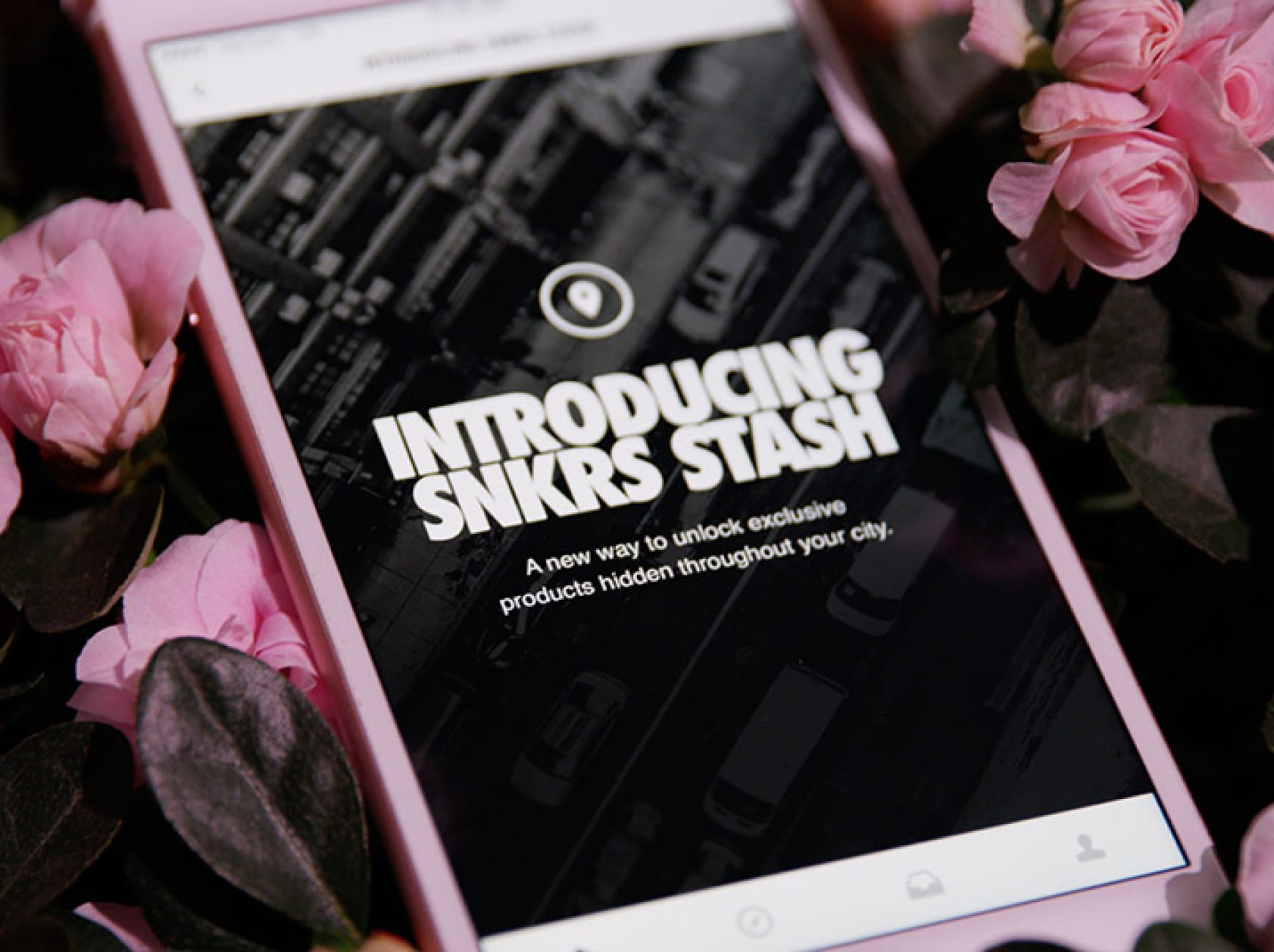
Above
Nike SNKRS Stash Campaign

Above
Nike SNKRS Stash Campaign
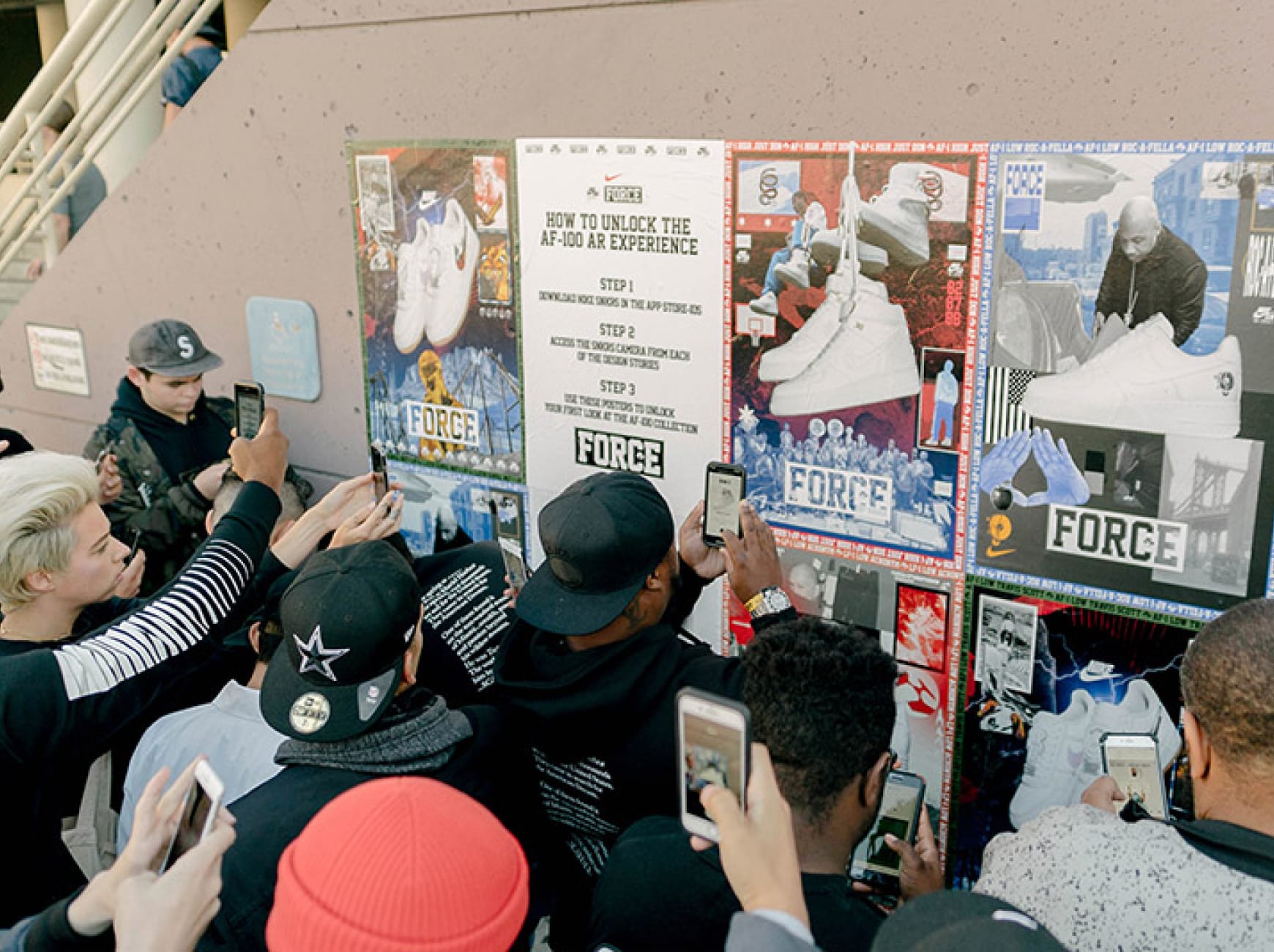
Above
Nike SNKRS Stash Campaign
How have recent events over the last few months shaped or impacted your practice?
Regarding the pandemic —
At the beginning of the Covid-19 pandemic, my team saw two problems compounded: with global travel seeing a 95% drop in activity, our business at Airbnb suffered a hugely negative impact. At the same time, our staff had to adapt to new ways of working as we all went home to work remotely, which also took an enormous toll on business. As a satellite team who was set up for remote work, we were able to figure this out pretty quickly. But there are tons of businesses out there having to adapt to both sides of this problem, who aren’t exclusively set up for distributed teams. I can’t imagine the resilience it must take to survive that kind of trauma from both sides.
My experience working remotely has had its ups and downs. On one hand, my partner and I decided last year to move into a larger apartment sacrificing our proximity to good public transit options. We just told ourselves that our commute would be horrible, in favor of having a much larger apartment. In hindsight it was serendipity that we chose this, as neither of us will probably be commuting for the next 8 months, and having a larger home has made this transition a lot more comfortable for us. We realize this is a privilege and luxury that not many have and we are thankful for it every day. On the other hand, working remotely has come with new challenges and wrinkles that have yet to be ironed out. Previously, the amount of meetings you’d attend every day was limited by the amounts of available conference rooms—now that conference rooms are virtual and limitless, my calendar has about three times as many meetings as before. Wall-to-wall meetings have been a daily struggle, where I now have to prioritize my time and be ruthless in saying no to a lot of requests.
On working with uncertain futures—although I love New York, the future of NYC is uncertain right now. Maybe we will see a large exodus as people leave and decide to not come back. Or maybe urban centers in general will become places to meet on occasion, but no longer be hubs for constant work and collaboration. I had always imagined growing old in New York, and I would hate to see it, but I could imagine a future where I move outside of the city and only come in for important offsites or larger team meetings.

Above
Quarantine Zine. Proceeds from pre-sale
went to the Food Bank For New York City
Credits: Oliver Shaw, Catalouge Design
Regarding Black Lives Matter —
One thing that I’ve learned, and corrected, is the realization that allyship is an ongoing effort. It’s not just something I just want to fix now and be done with; it’s something that I am actively trying to normalize in my life—spending significant amounts of energy dismantling, unlearning, and growing.
I have always lived by the ethos that to stop growing is a mistake. This is no different from my relationship to the BLM movement that we are seeing momentum with now. Although it’s important to preserve this momentum, these are awarenesses that we should actively be incorporating into our daily lives to affect change in all of our decisions moving forward. Systemic oppression needs dismantling and the only way to achieve that is for us folks in privileged positions to be examining ourselves and how we can be real allies.
That means being uncomfortable, that means listening without becoming defensive, that means having difficult conversations, that means feeling the friction of being challenged on your privilege.
With regards to my practice, or even my personal brand, it means not taking up so much space. The world might be better served if my platform was also used to benefit people who need help more than me or my work. I’ve implemented a rule that I recently learned from my friend Netta Selene, called WAIT. Before answering anything, ask yourself, Why Am I Talking? Understanding what your intentions of contributing are, and how your intentions will impact your message, are both better for those around you and for your own success in delivering that message.
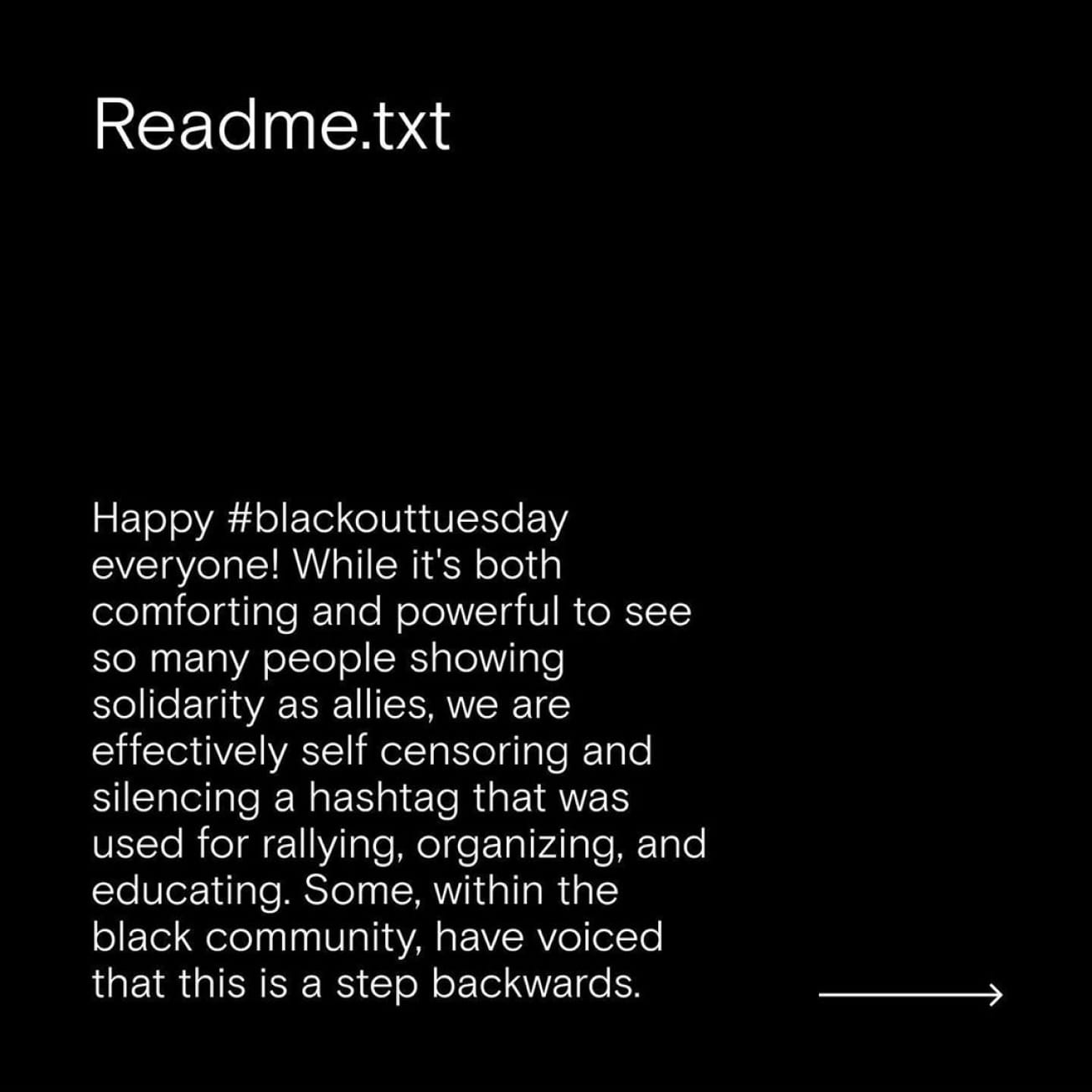
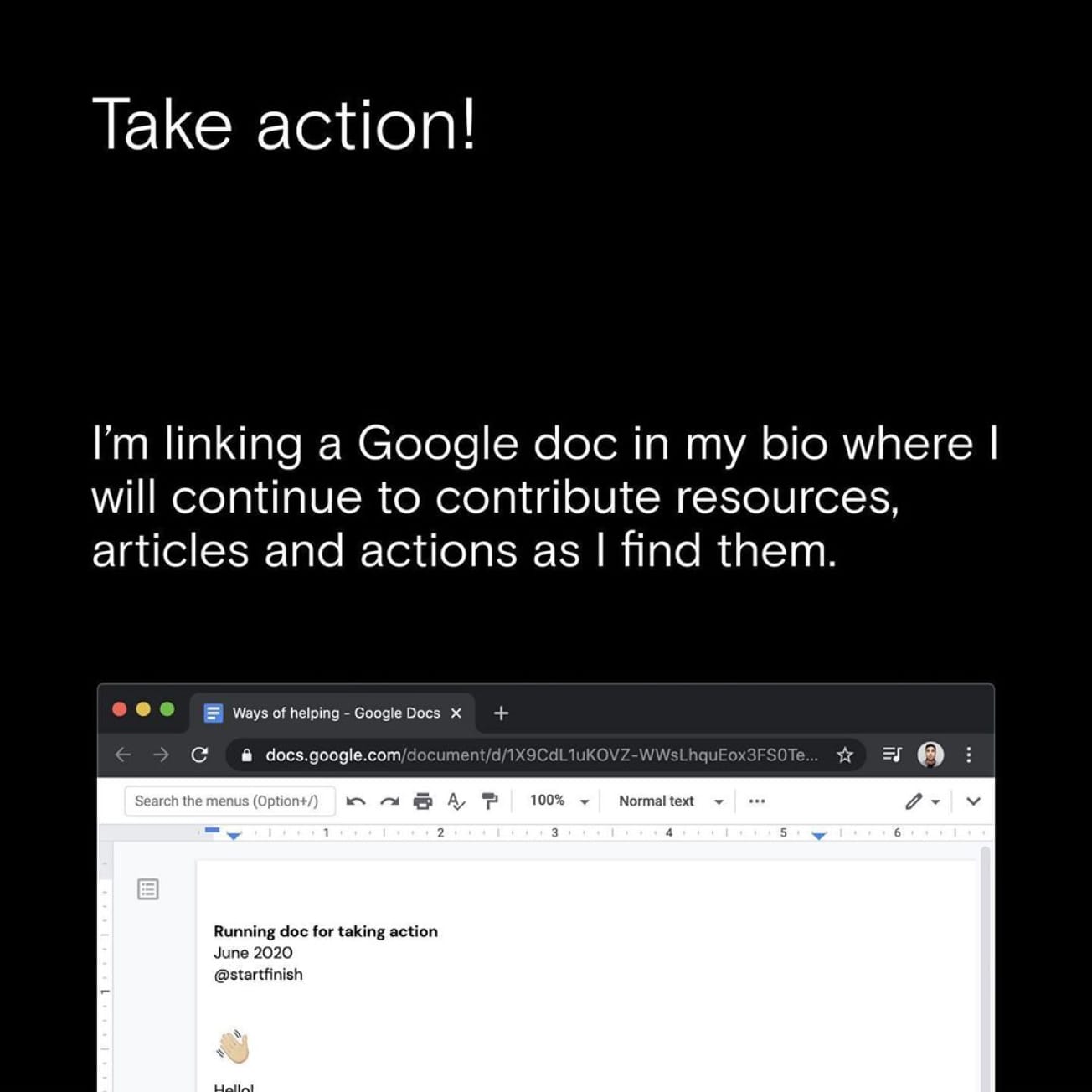
Before answering anything, ask yourself, why am I talking?
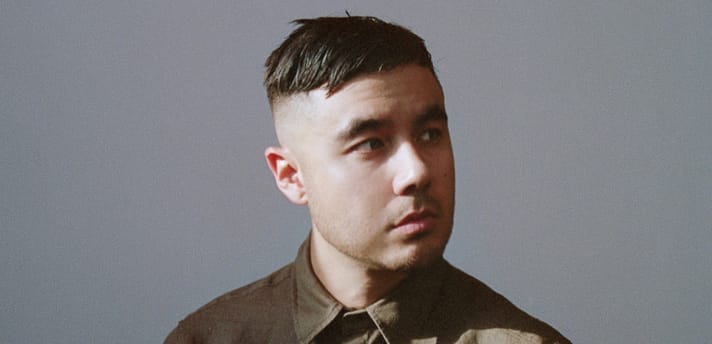

Above
77. Run Club flag
How are you coping at home?
I am mostly staying at home, and it has been a steep learning curve operating like this sustainably. I am a competitive runner, and I try to run with a mask on every day. Running offers me a moment in the day that I can spend some bad energy and gain some good energy. I was also really missing going to the gym, so I impulse bought a rowing machine from a friend who was getting rid of his, to fulfill that need. I’ve also been cooking a lot and I jumped on the bread-baking bandwagon. Where I would previously use my commute to disengage from work at the end of the day, now I like to use my cooking as a way to completely remove myself from work, since I no longer have a commute.
I think unplugging and having some time away from the endless consumption cycle is also very helpful. While we need to stay engaged with our politics and our communities, it’s also important to not burn out and understand that this pandemic has given us chronic anxiety and stress. I have been doing a 30 minute break in the middle of my work day, where I just go outside or up to the roof for a bit and make a conscious effort to leave my phone inside. Just being present, mindful and momentarily disconnected feels really healthy in the wake of everything that is going on. Again, some people do not have this privilege and that is something I must, and will always, acknowledge. If you have spare moments, it’s okay to use them for yourself.
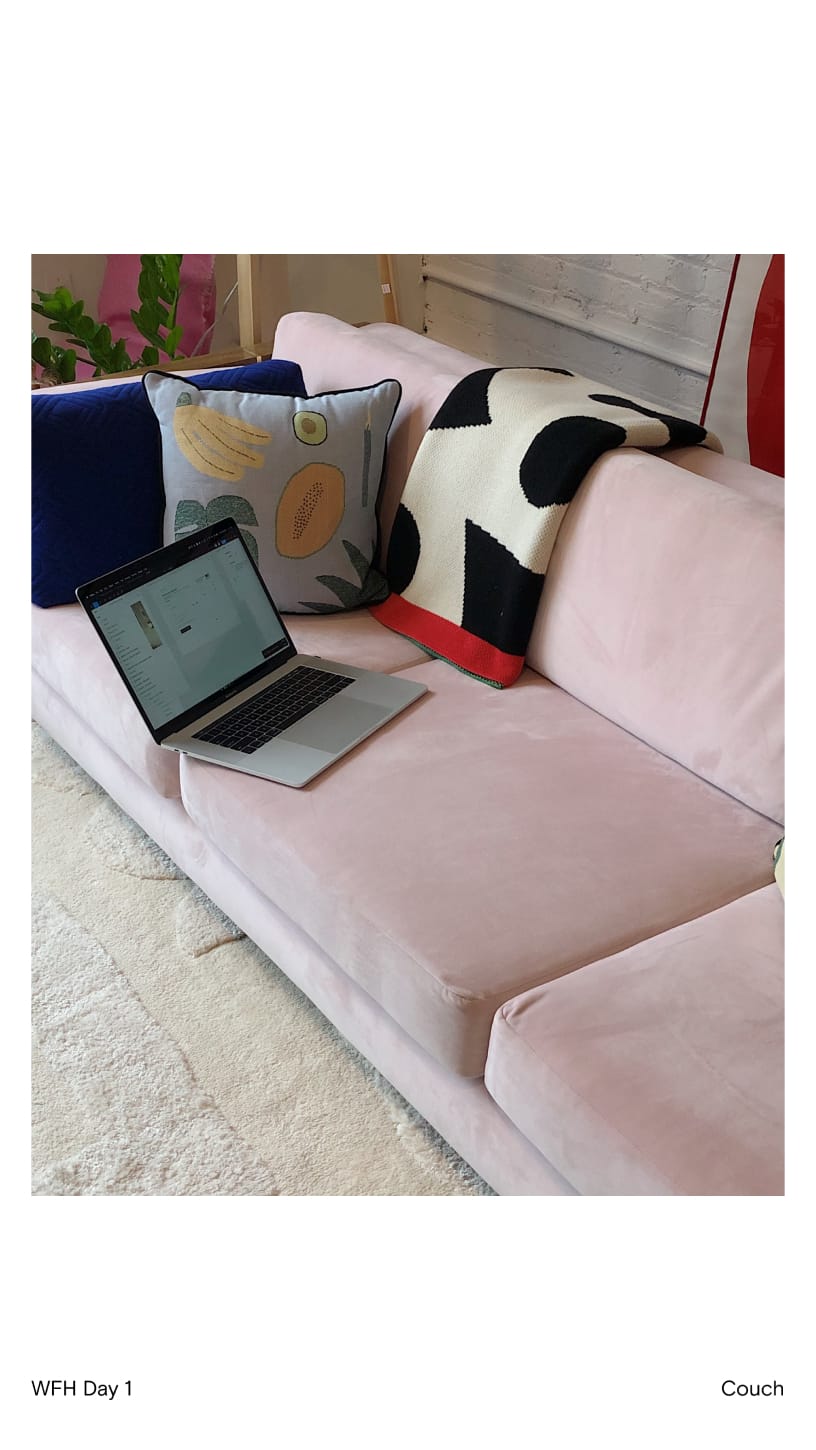
Above
Working From Home
Instagram story series
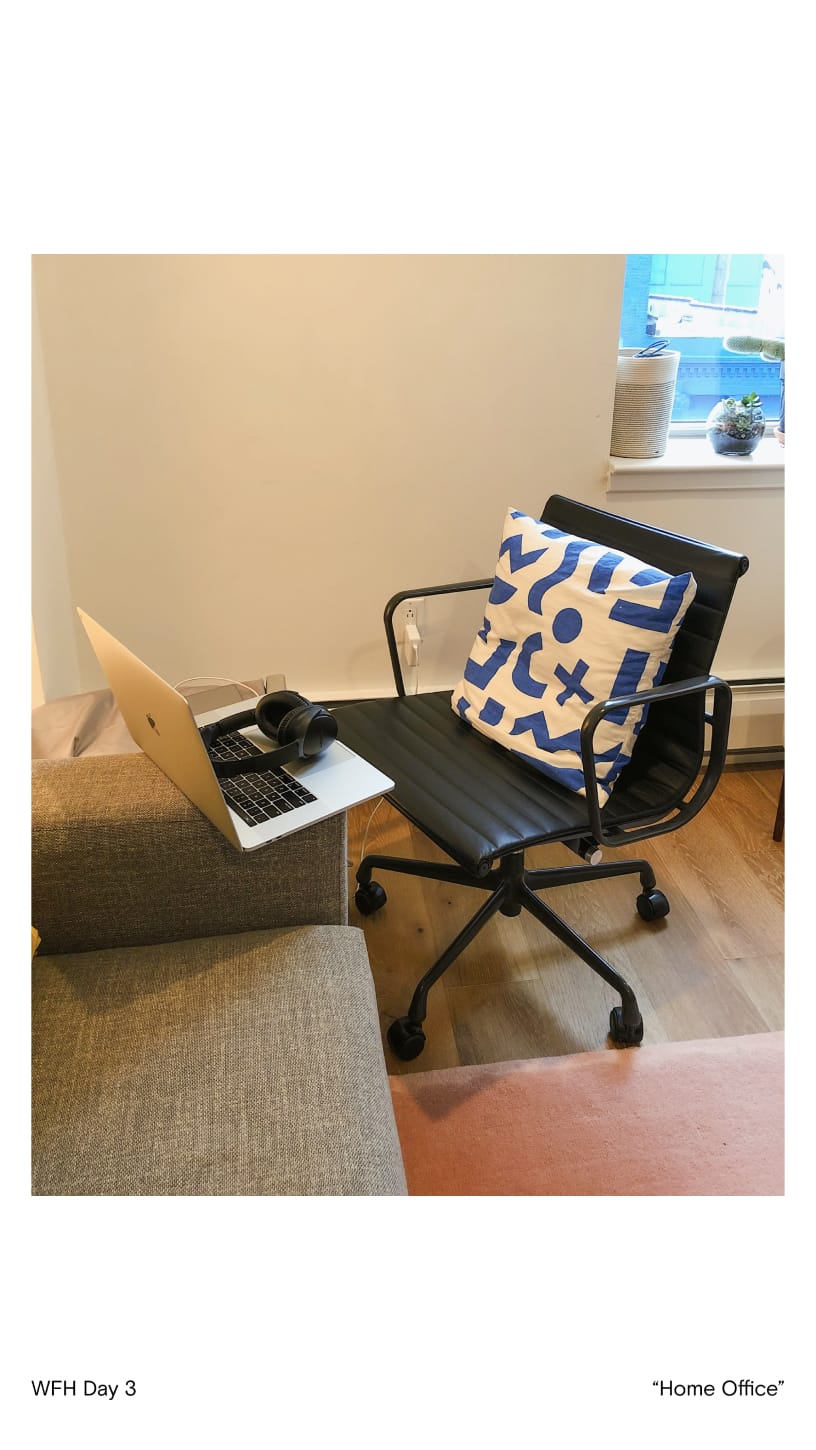
Above
Working From Home
Instagram story series
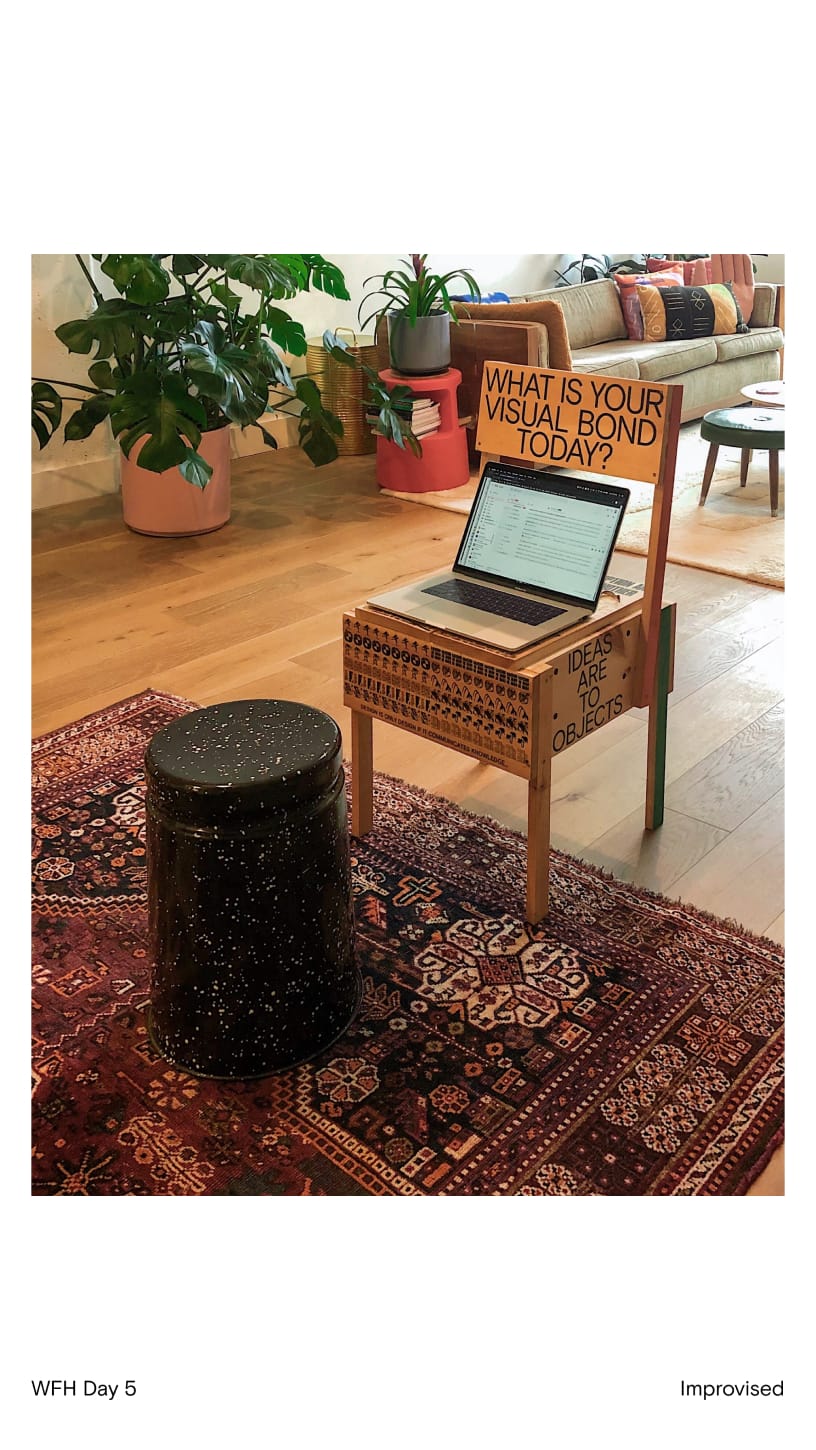
Above
Working From Home
Instagram story series
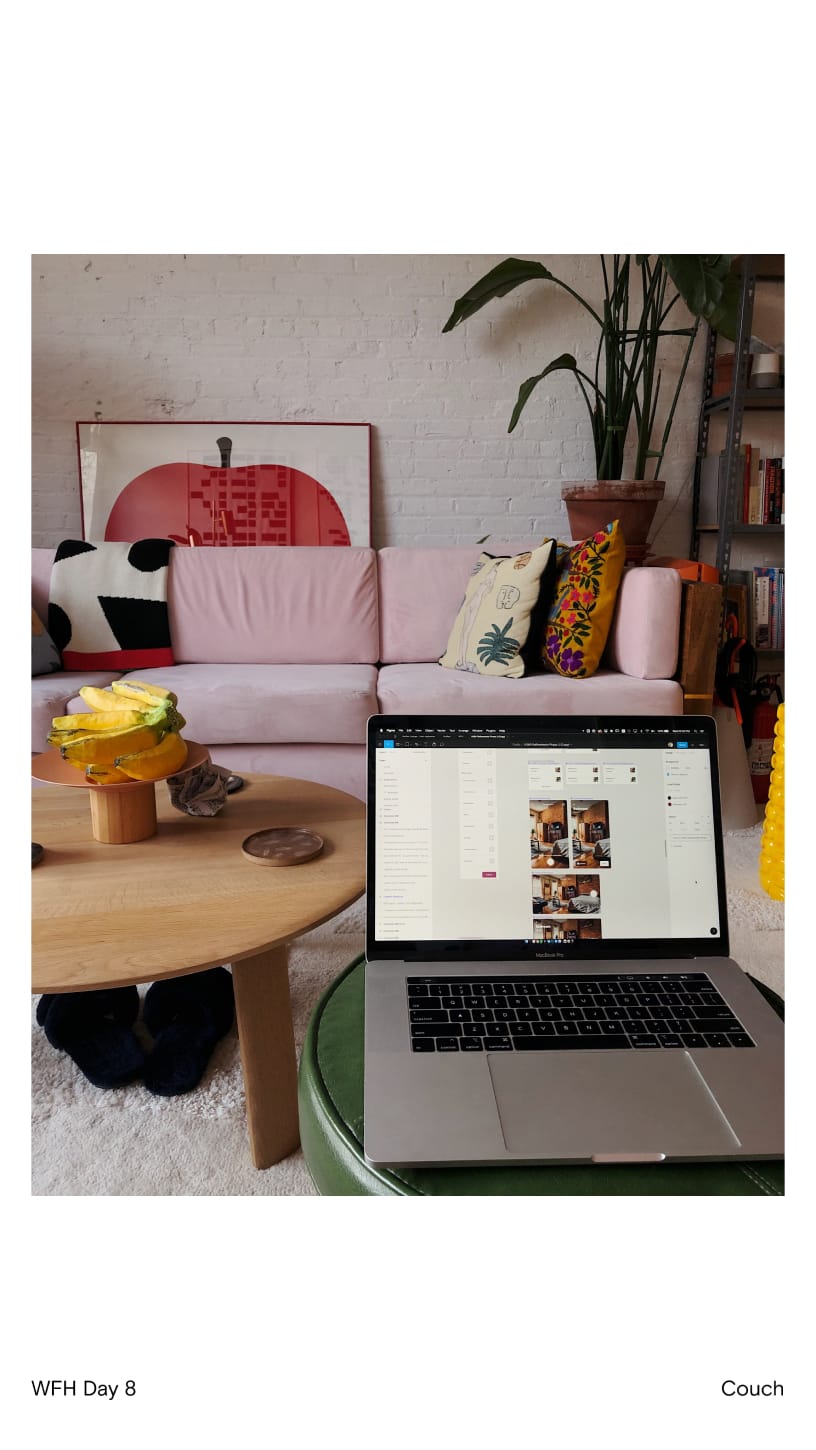
Above
Working From Home
Instagram story series
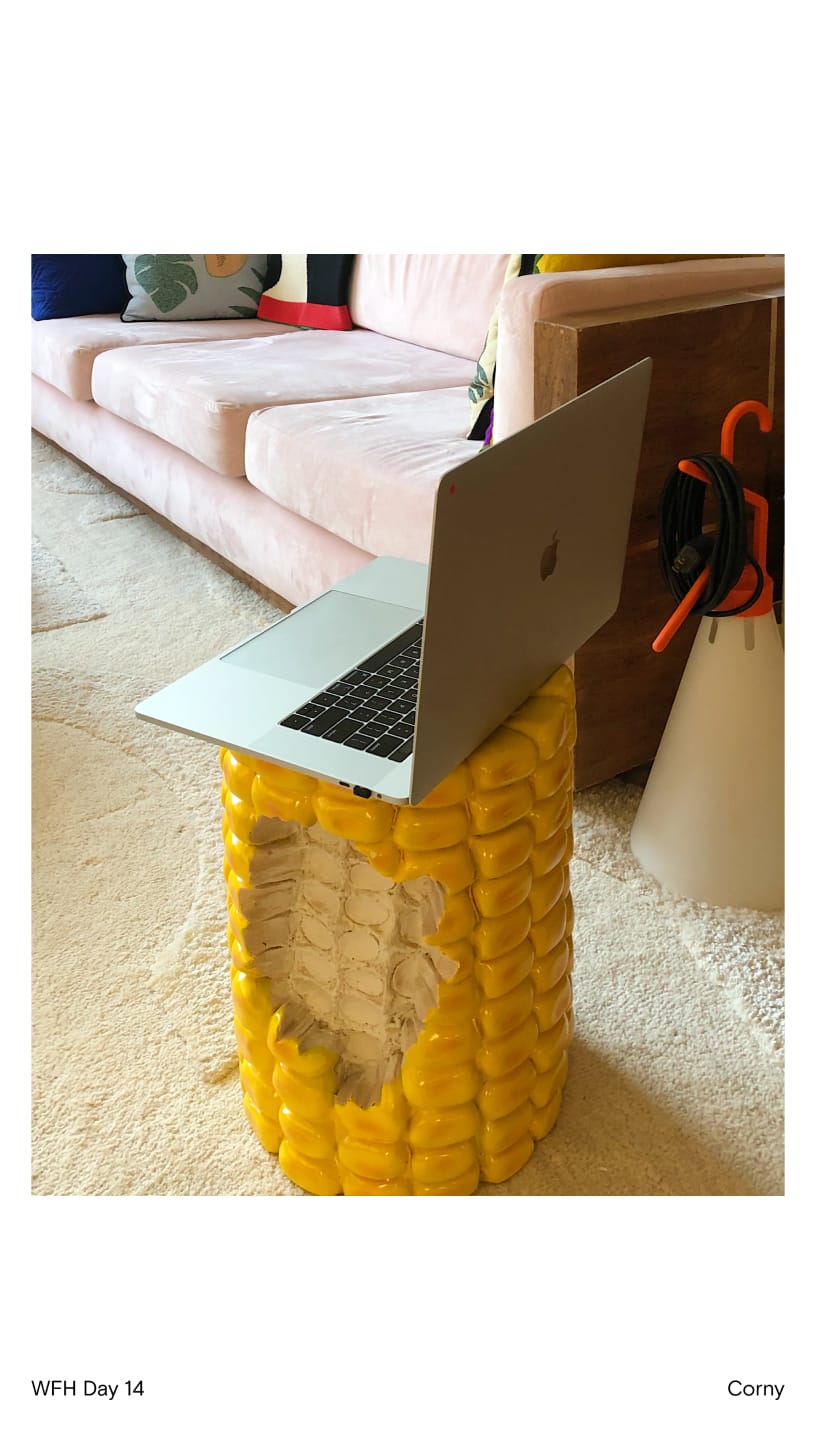
Above
Working From Home
Instagram story series
What has inspired you recently?
Although we’re fighting for change, and the collective pain from oppression is largely at the center of most discourse, there are positive changes that we are now starting to see. We are seeing a shift in behaviors, awarenesses, and a shift in who and what is amplified. We are also seeing challenges to systemic oppression that are breaking new ground, and I find the bravery of these folks very inspiring.
Right now, I am really inspired seeing so many more BIPOC artists and makers being both celebrated and promoted across the board. I recently learned, through my friend Alex Tieghi-Walker, about Jim McDowell, who makes face jugs to pay homage to ancestors who survived the Middle Passage. Slaves were not allowed to have tombstones so sometimes a face jug or other pottery served as their grave markers.
I’m also inspired by the physical outcomes of the BLM movement—like the dismantling of oppressive markers, statues and symbols. In my opinion, challenging old ideas and solutions by asking if they are solving the right problems is how every designer should approach their work. We are now in a larger conversation where we are asking ourselves, what are the problems we should be focusing on, and have we been focusing on the wrong problems this whole time?
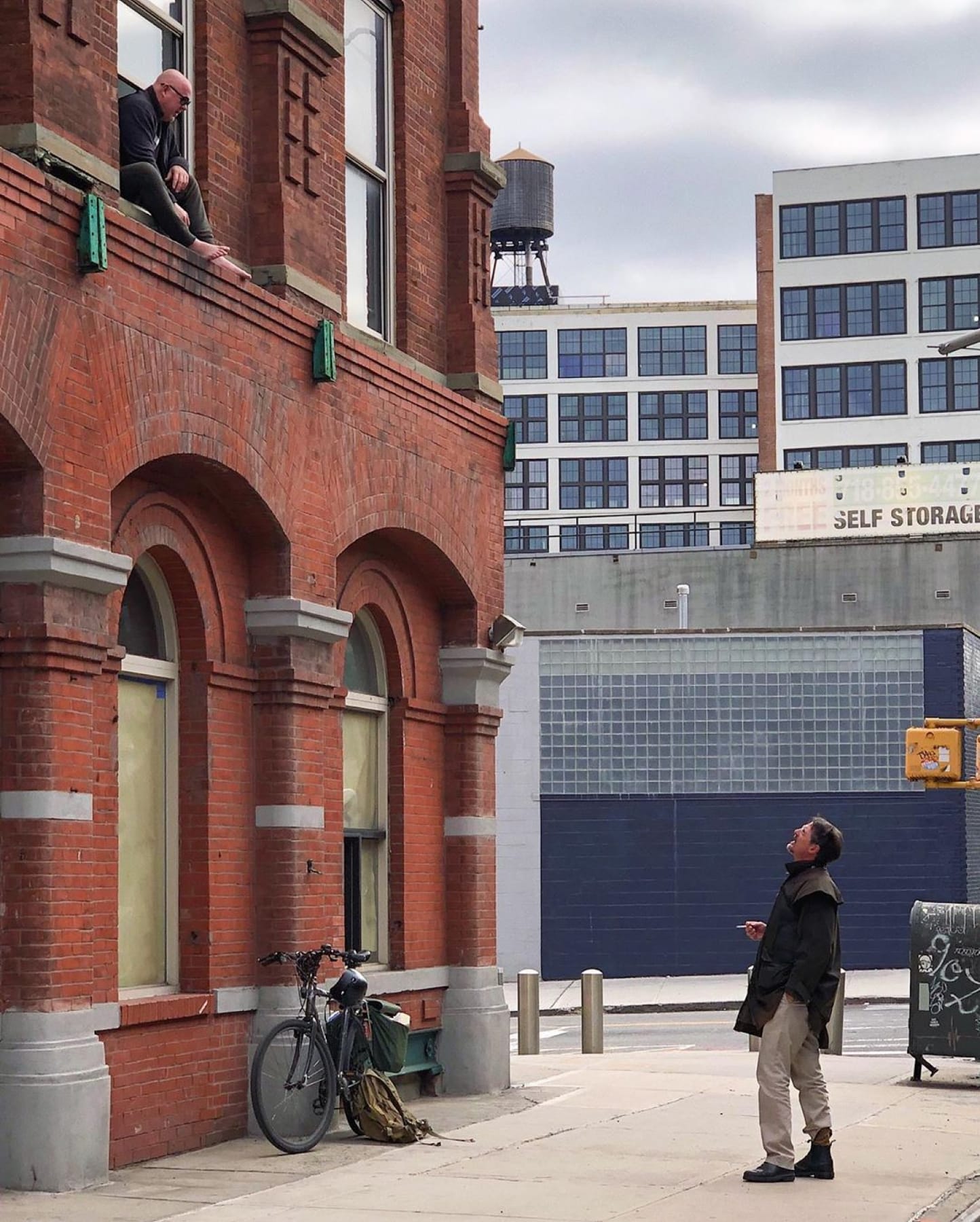
Above
How to have friends in 2020
Photo: Sebastian Speier
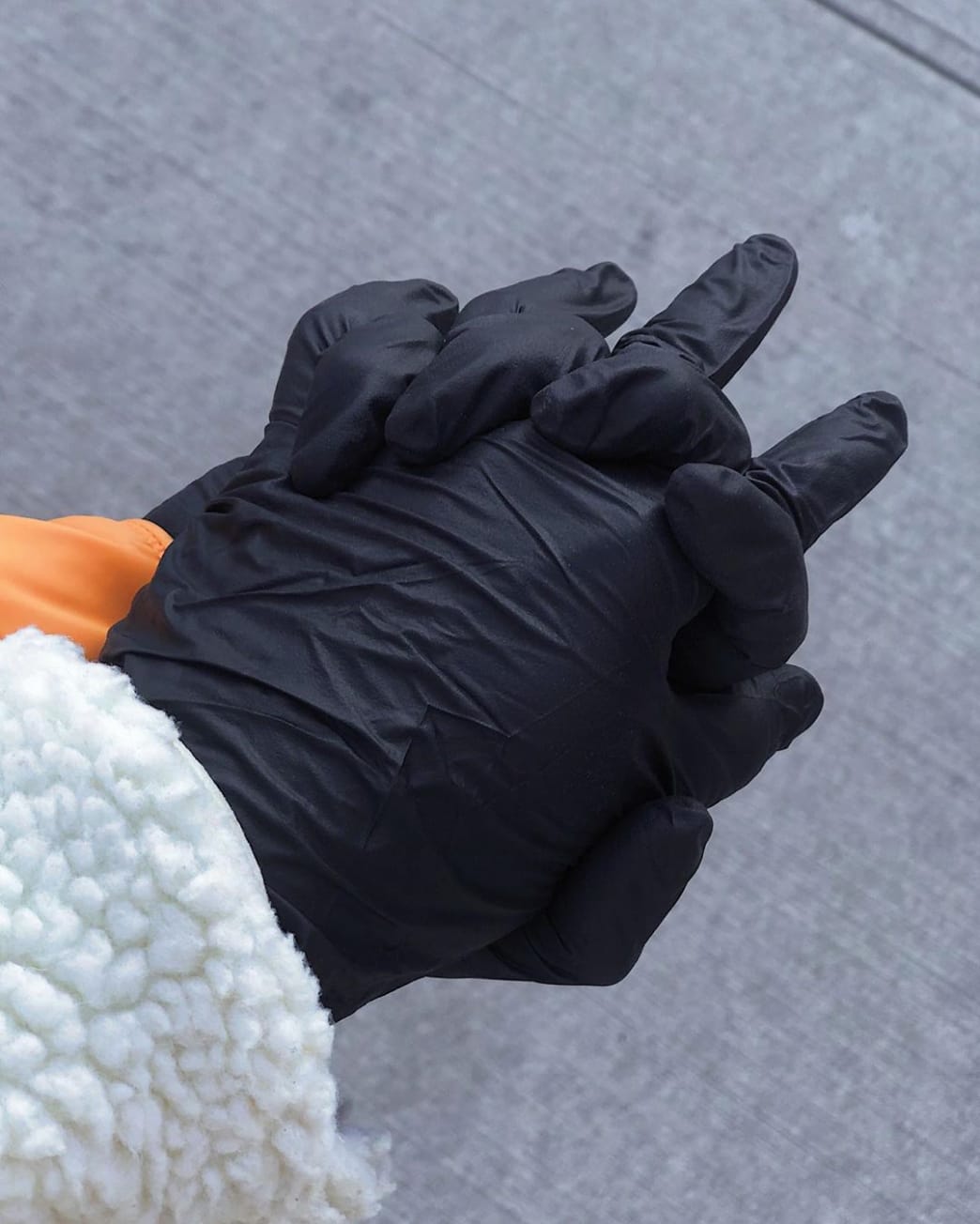
Above
Holding hands during quarantine
Photo: Sebastian Speier
What are you looking forward to?
Right now, I’m looking forward to understanding what the future actually looks like. There are so many things in flux right now: how the world will continue to work remotely; what travel looks like over the long term; what new political systems will look like and how they will affect us; what positive change more representation will bring us. The future is nebulous, and I am looking forward to coming out of the fog and being able to say that I was a part of that change.
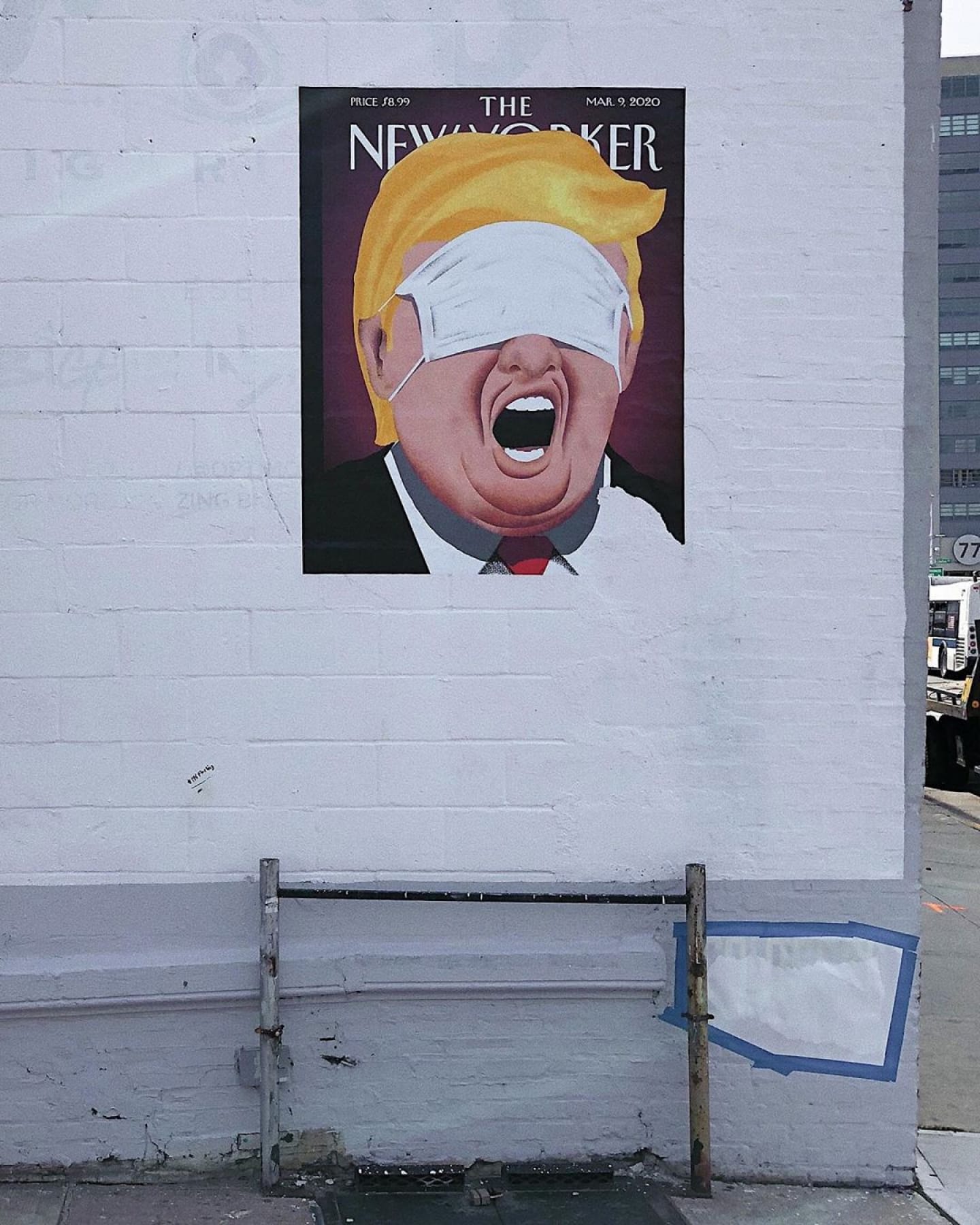
Above
Cover of The New Yorker magazine
by Brian Stauffer. March 9, 2020
Photo: Sebastian Speier
How can people support you?
Instead of linking to my work, I’ll use this space to uplevel a list called What to Do created by my friend Ryan Swigert. It has links to designers, restaurants and people to follow. Also I’ve compiled my own document of ways to help during this time.
If you’d like to stay in touch, you can ping me on Instagram: @startfinish

Above
Sebastian
Photo: Heather Sten